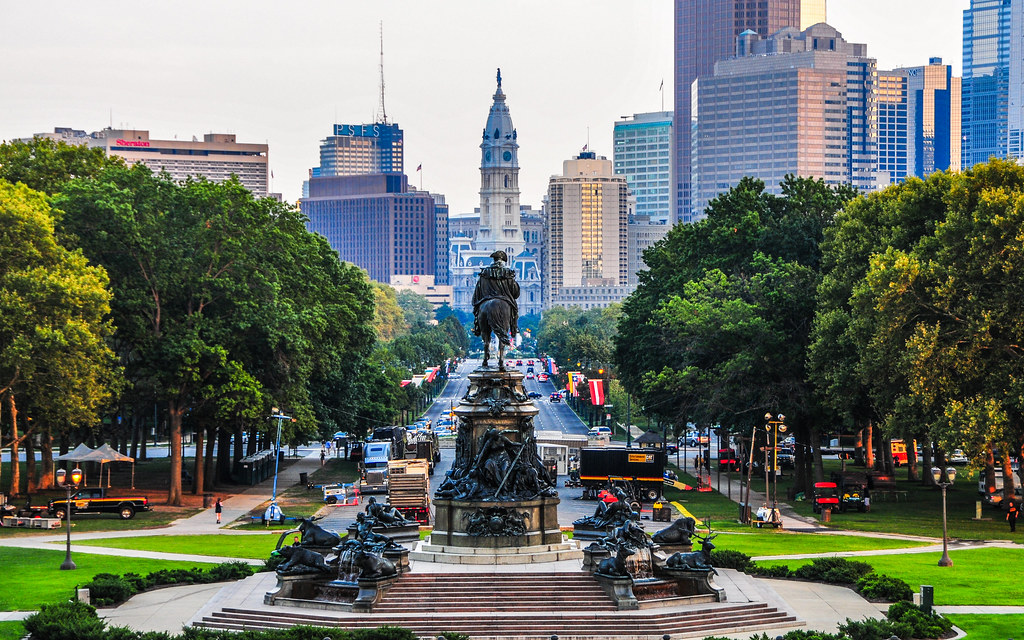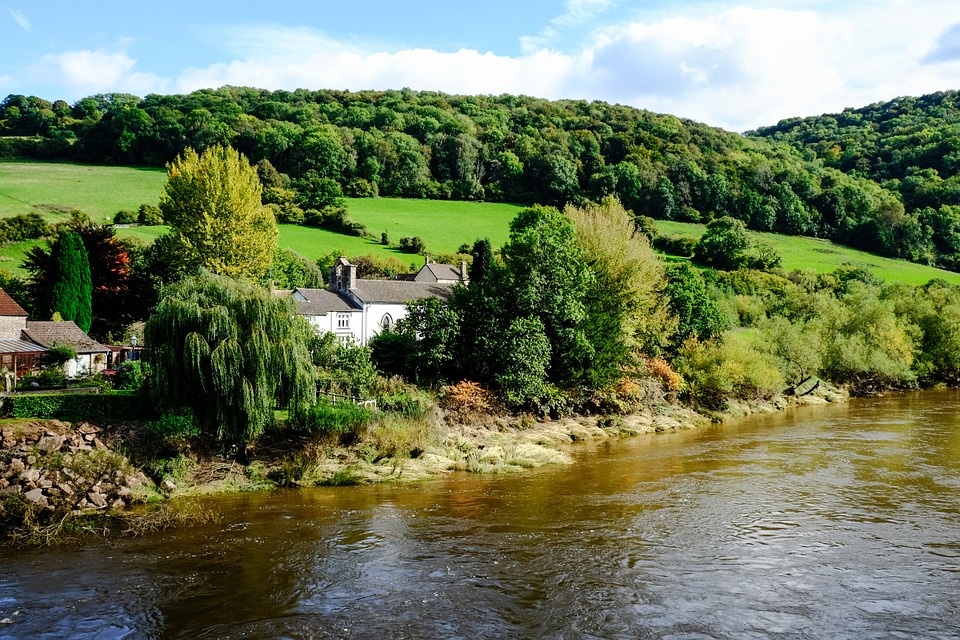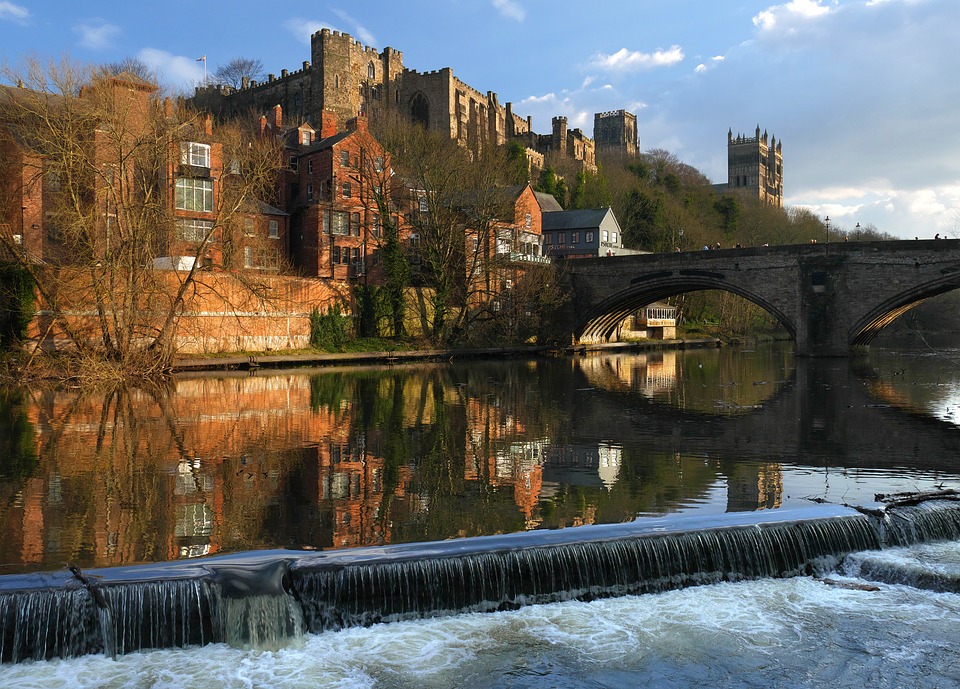Facts about Wales is an intriguing issue attracts residents and visitors at home and abroad. Wales is a country that is part of the United Kingdom. Wales is a country with distinctive traditions, heritage and culture. It is known as a land of song and a country steeped in myth and legend, which, when you see the awe – inspiring landscape, is no surprise. With rolling hills, dramatic mountains, hundreds of castles, cascading waterfalls, rare flora and fauna and a coast path that runs along the entire coastline of the country, in Wales – beauty is everywhere. Cities are compact and towns bustling with community life.
This blog selects and analyzes facts about Wales detailedly serving as a comprehensive guide, helping you have a better command of Wales. If you want choose Wales as your tourist spot or educational destination, you ought to read this blog carefully.
Basic Facts about Wales
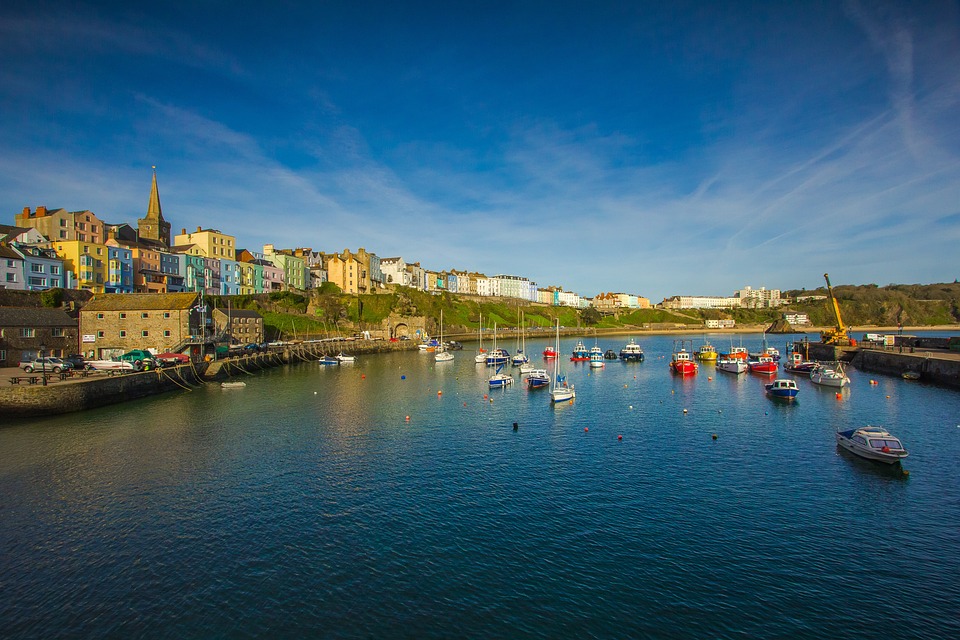
- Location: Wales is on the island of Great Britain. It is bordered by the Irish Sea to the north and west, England to the east, the Bristol Channel to the south, and the Celtic Sea to the south-west.
- Population: 1 million people. 4.6 per cent of the UK population.
- Size: Around 8,023 square miles (20,779 km2) in area
- Time Zone: GMT
- Currency: Pound Sterling
- National Day: St David’s Day, 1stMarch
- National symbols: The dragon, daffodil and leek are three of a number of national symbols.
- National Anthem: Hen Wlad fy Nhadau (Land of my Fathers)
- Language: Welsh and English – Wales is a bilingual country.
- Capitaland largest city: Cardiff
- Government: Devolved parliamentary legislature within parliamentary constitutional monarchy
- Monarch: Charles III
Fun Facts about Wales
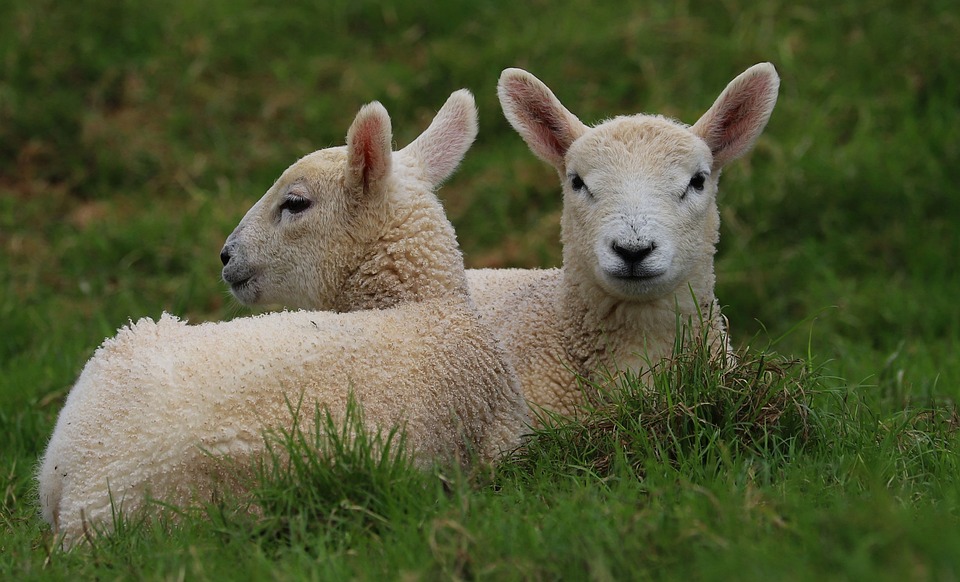
- Most castles per square mile: An interesting fact about to add to Wales fact sheet is that the country is home to more castles per square mile than any other location in the world.
- K, Q, V and Z are not part of the Welsh language: One of the most interesting facts about the Welsh language is that letters K, Q, V and Z do not appear in the alphabet at all.
- The Welsh Dinosaur: Wales has its own dinosaur, the Dracoraptor hanigani, discovered in 2014.
- The Inventor of the = Sign: Welsh mathematician Robert Recorde is credited with inventing the equal sign (=) in 1557.
- The Great Glasshouse: The National Botanic Garden of Wales is home to the world’s largest single-span glasshouse.
- World’s First Suspended-Tube Tunnel: The Conwy Tunnel, opened in 1991, was the first tunnel in the world to be constructed with immersed tube technology.
- The First Million Pound Business Deal: The world’s first recorded business deal worth a million pounds took place in Cardiff in 1907.
- Wales’ Deepest Cave: The Ogof Ffynnon Ddu, located in the Brecon Beacons, is the deepest cave in the UK.
- The First Country to Have a Footpath: The Wales Coast Path, opened in 2012, makes Wales the first country in the world to have a dedicated footpath covering its entire coastline, spanning 870 miles and offering breath taking views and diverse wildlife.
- World’s First Radio Message: Marconi, the Italian inventor, transmitted the world’s first ever wireless radio message from Lavernock Point in South Wales to Flat Holm Island in the Bristol Channel in 1897, marking a pivotal moment in communication history.
- The Smallest City in the UK: St Davids in Pembrokeshire is the UK’s smallest city in terms of both size and population.
- The First Fair Trade Nation: In 2008, Wales became the world’s first Fair Trade Nation, a testament to its commitment to fair trade principles and sustainable development, encouraging the use of fair trade products throughout the country.
- The Legend of King Arthur: Wales has a deep connection with the legend of King Arthur.
- Tintern Abbey Inspiration: The ruins of Tintern Abbey in Monmouthshire inspired the famous poet William Wordsworth.
- A Record-Breaking Zip Line: Zip World Velocity in Bethesda is the fastest zip line in the world and the longest in Europe.
- The Blue Lagoon, Abereiddy: This former slate quarry now flooded by the sea, known as the Blue Lagoon, has become a popular spot for Coasteering.
- The Pontcysyllte Aqueduct: A masterpiece of engineering, this aqueduct is the longest and highest in Britain.
- The “Welsh Roswell”: In 1974, in the Berwyn Mountains, a mysterious event occurred which some believe was a UFO crash, often referred to as the ‘Welsh Roswell’.
- Llangernyw Yew: The ancient yew tree in the churchyard of St. Dygain’s Church in Llangernyw is believed to be over 4,000 years old, making it one of the oldest living things on earth.
- The Devil’s Bridge and its Myth: Located near Aberystwyth, the Devil’s Bridge is an ancient bridge stacked upon two others. Legend says it was built by the Devil in a deal with an old lady.
- Penguin: The first recorded use of the word ‘penguin’ comes from Welshman William Perry, who was on an expedition in the South Atlantic in the 16th century.
- Longest– running Punch and Judy show: Punch and Judy is a traditional puppet show starring Mr Punch and his wife, Judy. For 150 years, the show has taken place by the Victorian pier of Llandudno on weekends and school holidays between Easter and September.
Facts about Wales - Etymology
- The English words “Wales” and “Welsh” derive from the same Old English root, a descendant of Proto-Germanic Walhaz, which was itself derived from the name of the Gauls known to the Romans as Volcae.
- The modern Welsh name for themselves is Cymry, and Cymru is the Welsh name for Wales.
- Wales is home to the longest place name. Llanfairpwllgwyngyllgogerychwyrndrobwllllantysiliogogogoch is located on the Isle of Anglesey, and is comprised of 58 letters, making it the second-longest in the world after New Zealand’s Taumataw hakatangihangakoauauotamateaturipukakapikimaungahoronukupokaiwhenuakitanatahu.
Facts about Wales - Geography
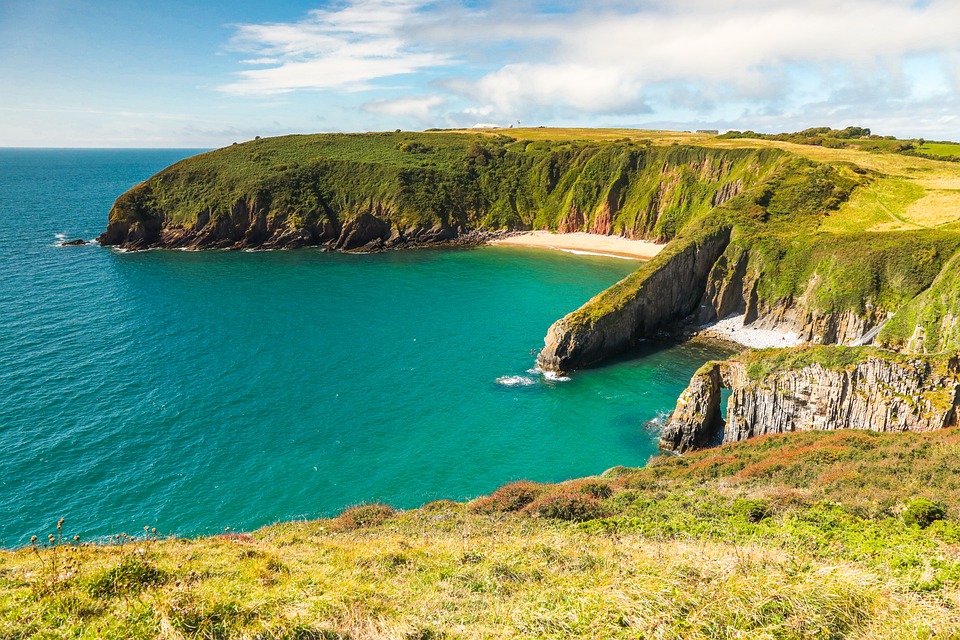
- Wales is a generally mountainous country on the western side of central southern Great Britain.
- Wales is bordered by England to the east and by sea in all other directions: the Irish Sea to the north and west, St George’s Channel and the Celtic Sea to the southwest and the Bristol Channel to the south.
- The highest mountains in Wales are in Snowdonia (Eryri), of which five are over 1,000 m. The highest of these is Snowdon (Yr Wyddfa) at 1,085 m.
- Wales’biggest natural lake is Llyn Tegid.
- Wales has three national parks: Snowdonia, Brecon Beacons, and Pembrokeshire Coast (Arfordir Penfro).
- It has five Areas of Outstanding Natural Beauty: Anglesey, the Clwydian Range and Dee Valley, the Gower Peninsula, the Llŷn Peninsula, and the Wye Valley.
- Wales lies within the north temperate zone. It has a changeable, maritime climate and is one of the wettest countries in Europe.Welsh weather is often cloudy, wet and windy, with warm summers and mild winters.
Facts about Wales - Government and politics
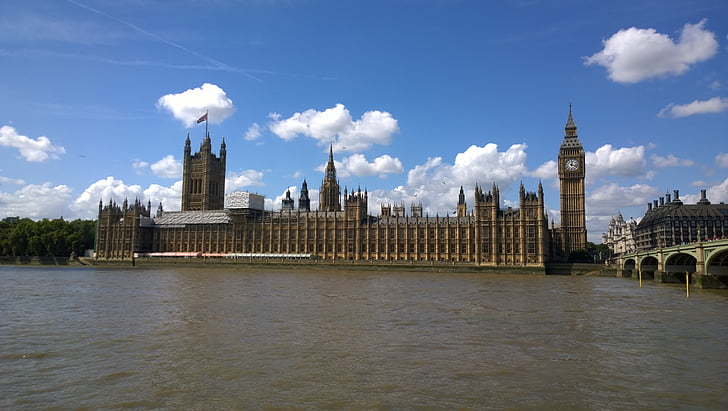
- In the House of Commons- the 650-member lower house of the UK Parliament – there are 32 members of Parliament (MPs) who represent Welsh constituencies.
- The Wales Office is a department of the UK government responsible for Wales, whose minister, the Secretary of State for Wales, sits in the UK cabinet.
- Wales has a devolved, unicameral legislature known as the Seneddwhich holds devolved powers from the UK Parliament via a reserved powers model.
Facts about Wales - Economy
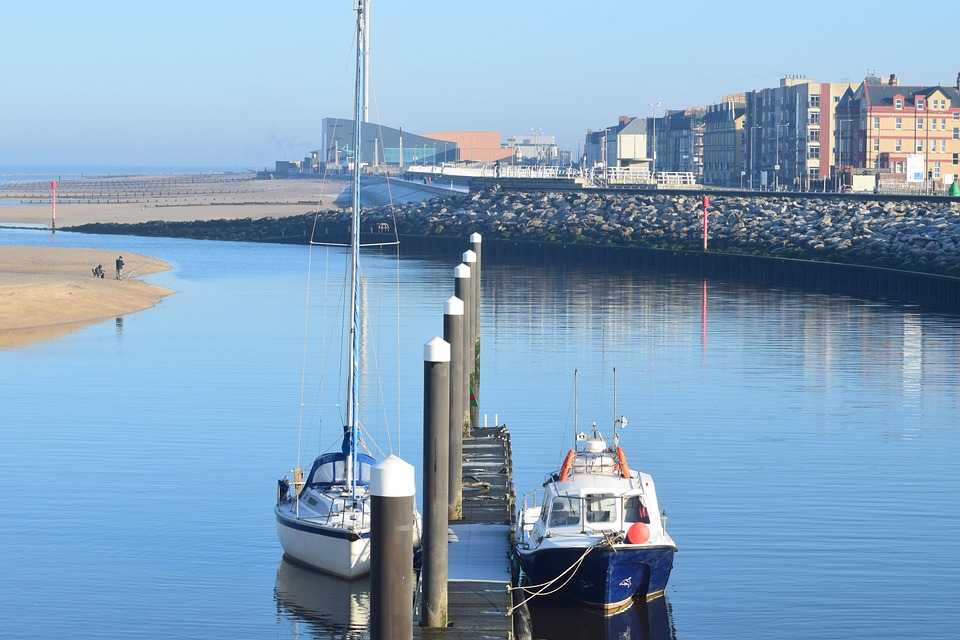
- Over the last 250 years, Wales has been transformed from a predominantly agricultural country to an industrial, and then to a post-industrial economy.
- Wales’ global exports range from refined oil from Milford Haven to Hilltop Honey, made in Newtown.
- Germany is Wales’ top export destination, taking a fifth of exports.
- Wales has hosted major global events including The Ryder Cup 2010, the NATO Wales Summit 2014, UEFA Champions League Final 2017, the Volvo Ocean Race 2018 and The ICC Cricket World Cup at Sophia Gardens in Cardiff in 2019.
- The Royal Mint at Llantrisant makes five billion coins a year for 60 countries.
Facts about Wales - Transportation
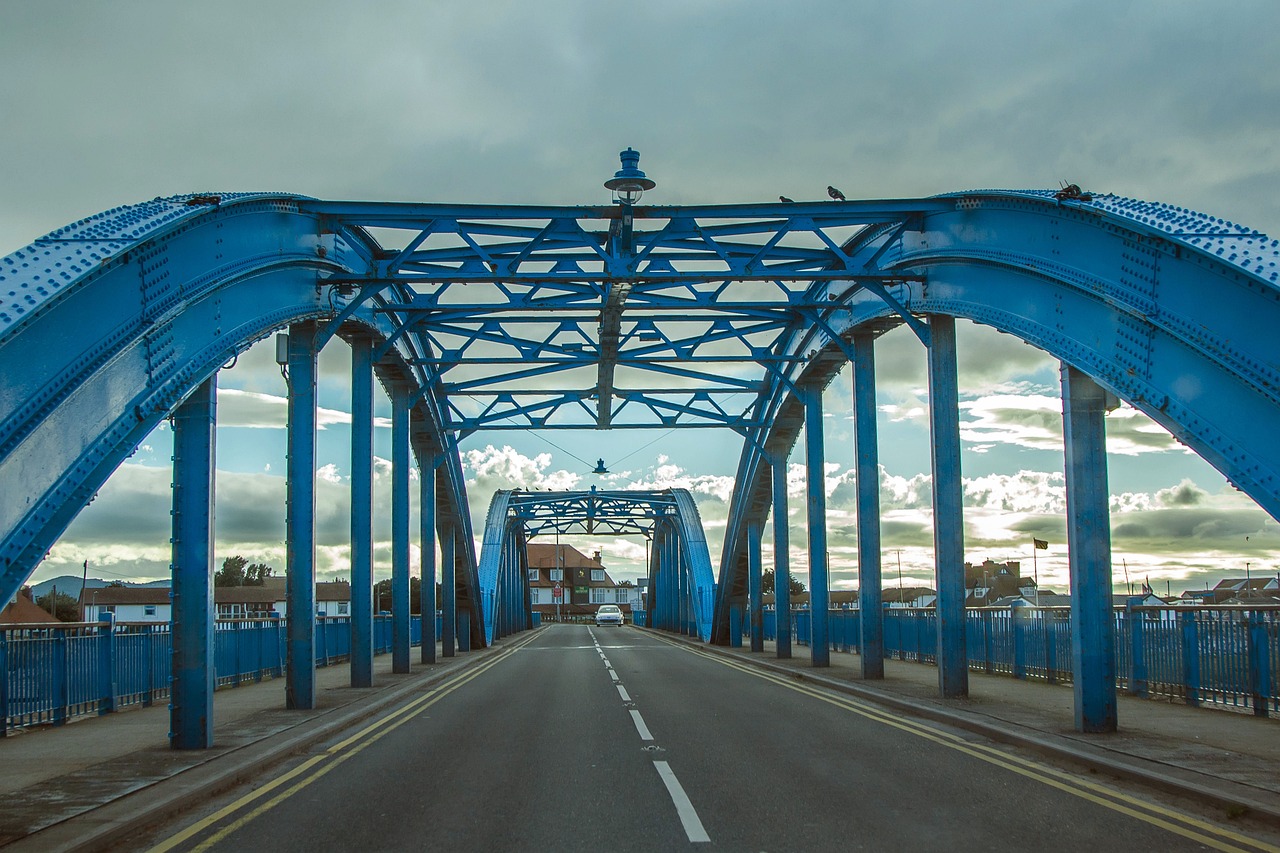
- The M4 motorway running from West London to South Wales links Newport, Cardiff and Swansea. Responsibility for the section of the motorway within Wales, from the Second Severn Crossing to Pont Abraham services, sits with the Welsh Government.
- The A55 expressway has a similar role along the North Wales coast, connecting Holyhead and Bangor with Wrexham and Flintshire. It also links to northwest England, principally Chester.
- Rail transport in Wales includes the Wales & Borders franchise, which is overseen by the Welsh Government with most passenger services operated by Transport for Wales Rail.
- The Cardiff region has its own urban rail network.
- Cardiff Airport is the international airport of Wales. Providing links to European, African and North American destinations, it is about 12 miles (19 km) southwest of Cardiff city centre, in the Vale of Glamorgan.
Facts about Wales - Education
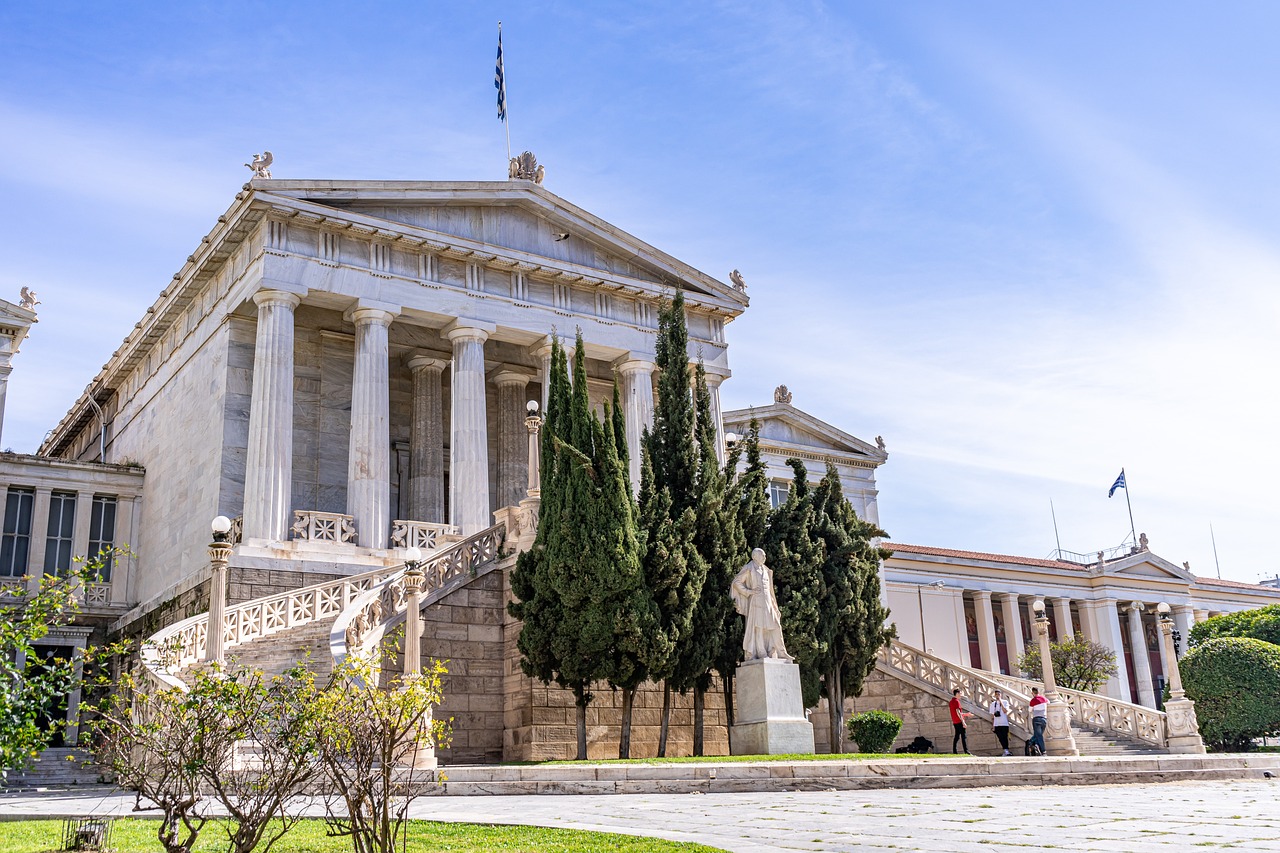
- A distinct education system has developed in Wales.
- The first grammar schools were established in Welsh towns such as Ruthin, Brecon and Cowbridge.
- The University College of Wales opened in Aberystwyth in 1872. Cardiff and Bangor followed, and the three colleges came together in 1893 to form the University of Wales.
- Welsh universities offer a wide-range of funding options to aid studies and access to free English language support is available at all of Wales’
- The Welsh Intermediate Education Act of 1889 created 95 secondary schools.
- The Welsh Department for the Board of Education followed in 1907, which gave Wales its first significant educational devolution.
- Welsh is a compulsory subject in all of Wales’s state schools for pupils aged 5 – 16 years old.
Facts about Wales - Healthcare

- Public healthcare in Wales is provided by NHS Wales (GIG Cymru), through seven local health boards and three all-Wales trusts.
- As newer, more expensive, diagnostic techniques and treatments became available, clinical work has been concentrated in newer, larger district hospitals.
- NHS Wales directly employs over 90,000 staff, making it Wales’s biggest employer.
Facts about Wales - Culture
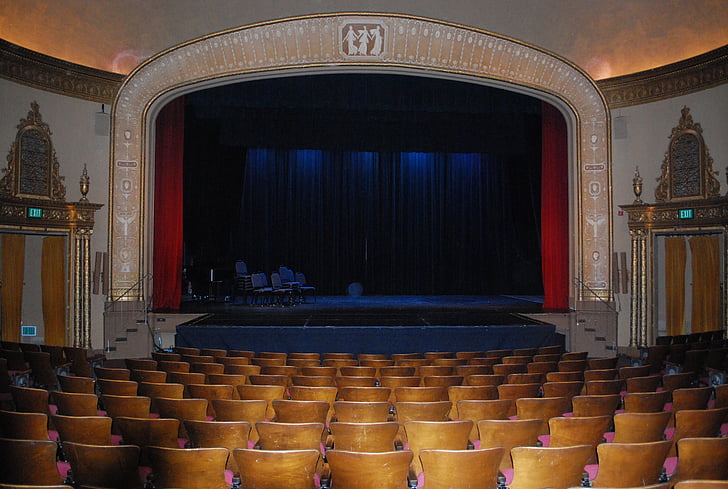
- Wales has one of the oldest unbroken literary traditions in Europe going back to the sixth century and including Geoffrey of Monmouth and Gerald of Wales, regarded as among the finest Latin authors of the Middle Ages.
- The earliest body of Welsh verse, by poets Taliesin and Aneirin, survive not in their original form, but in much-changed, medieval versions.
- Welsh poetry and native lore and learning survived through the era of the Poets of the Princes (c. 1100–1280) and then the Poets of the Gentry (c. 1350–1650).
- Rugby is the national sport here,the Welsh are known globally for their skill in the game and compete in the Six Nations and the Rugby World Cup.
- Renaissance scholars such as William Salesbury and John Davies brought humanist ideals from English universities.
- Amgueddfa Cymru- Museum Wales was founded by royal charter in 1907 as the National Museum of Wales.
- Works of Celtic art have been found in Wales.
- Wales is regarded as a modern Celtic nation which contributes to its national identity, with Welsh artists regularly appearing at Celtic festivals.
- More than 50 national governing bodies regulate and organize their sports in Wales.
- Wales became the UK’s first digital television nation in 2010.
- Wales, “the land of song”, is notable for its solo artists, its male voice choirs and its harpists.
- The earliest surviving Welsh plays are two medieval miracle plays, Y Tri Brenin o Gwlen (“The three Kings from Cologne”) and Y Dioddefaint a’r Atgyfodiad (“The Passion and the Resurrection”).
- Traditional dances include Welsh folk dancing and clog dancing.
Facts about Wales - Cuisine

- Traditional Welsh dishes include laverbread (made from Porphyra umbilicalis, an edible seaweed), bara brith (fruit bread), cawl (a lamb stew), cawl cennin (leek soup), and Welsh cakes.
- Cockles are sometimes served as a traditional breakfast with bacon and laverbread.
- Although Wales has its own traditional food and has absorbed much of the cuisine of England, Welsh diets now owe more to the countries of India, China and the United States.
- Chicken tikka masala is the country’s favourite dish, while hamburgers and Chinese food outsell fish and chips as takeaways.
Facts about Wales - Language
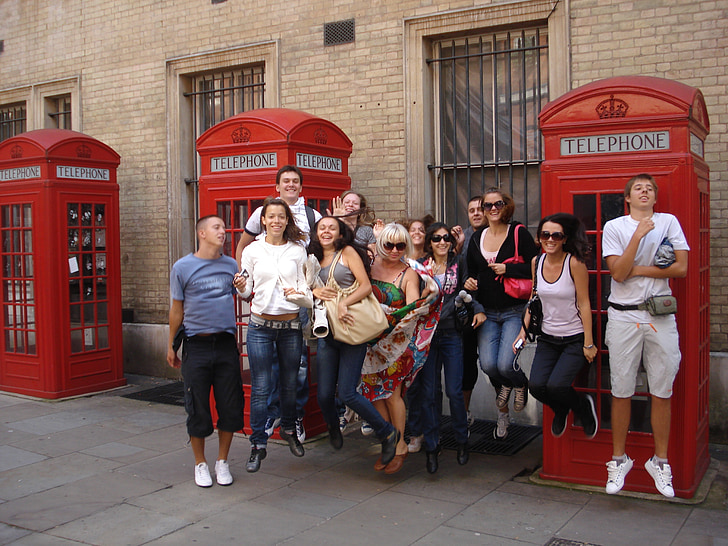
- Both Welsh and English are official languages of the Wales.
- According to the 2024census, the Welsh-speaking population of Wales aged three or older was 17.8 per cent (538,300 people) and nearly three-quarters of the population in Wales said they had no Welsh language skills.
- English is spoken by almost all people in Wales and is the main language in most of the country. Code- switching is common in all parts of Wales and is known by various terms, though none is recognised by professional linguists.
- “Wenglish” is the Welsh dialect of the English language. It has been influenced significantly by Welsh grammar and includes words derived from Welsh.
- Since Poland joined the European Union, Wales has seen a significant increase in Polish immigrants. This has made Polish the most common main language in Wales after English and Welsh, at 0.7 per cent of the population.
Facts about Wales - Religion
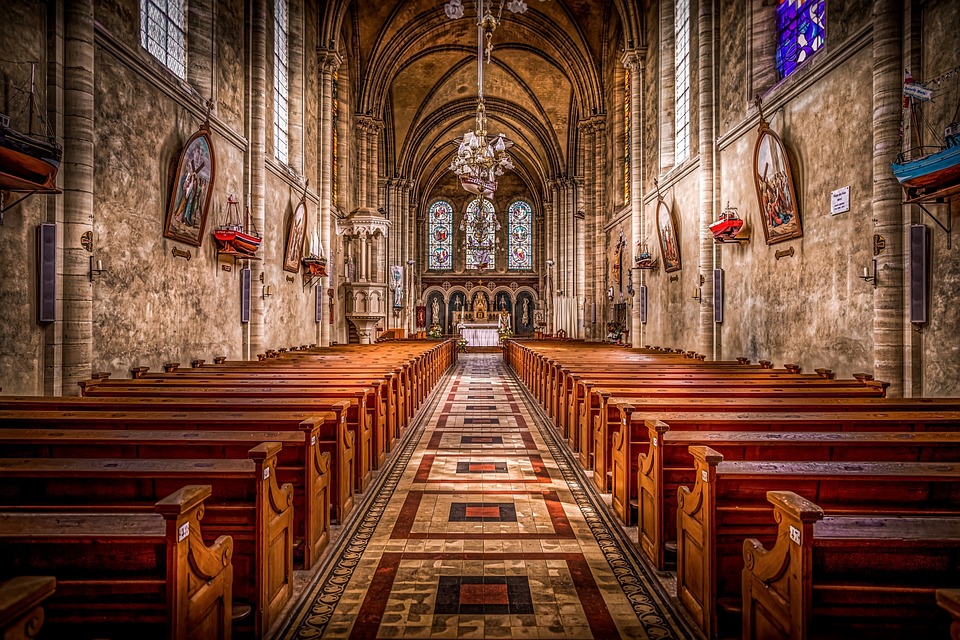
- Forms of Christianity have dominated religious life in what is now Wales for more than 1,400 years.
- The 2024census recorded that 47.2 per cent had “No religion”, more than any single religious affiliation and up from 33.5 per cent in 2014.
- The largest religion in Wales is Christianity, with 43.6 per cent of the population describing themselves as Christian in the 2024
- The patron saint of Wales is Saint David (Dewi Sant), with Saint David’s Day (Dydd Gŵyl Dewi Sant) celebrated annually on 1st
- The Church in Wales with 56,000 adherents has the largest attendance of the denominations.
- Non-Christian religions are small in Wales, making up approximately 2.7 per cent of the population. Islam is the largest, with 24,000 reported Muslims in the 2024
- The 2024census showed that 93.8 per cent of the population of Wales identified as “White”, compared to 95.6 per cent in 2014.
- The 2024census showed that 55.2 per cent identified as “Welsh only” and 8.1 per cent identified as “Welsh and British”, giving the combined proportion of 63.3 per cent for people identifying as Welsh.
Conclusion
Facts about Wales are selected and analyzed detailedly in this blog serving as a comprehensive guide, helping you have a better command of Wales. If you want choose Wales as your tourist spot or educational destination, you ought to read this blog carefully.
After you have decided to pay a visit to Wales or go to Wales for further education, accommodation is the first and foremost thing. uhomes.com is a platform providing affordable, reliable and comfortable student accommodation in UK.
FAQ
The country’s landmarks are arguably what Wales is most famous for as the area is rich in both cultural and natural heritage. With its iconic rolling valleys, rugged mountains and massive national parks, it’s the reason Wales attracts millions of visitors each year.
While Wales’ land is thought to have been inhabited since circa 250,000 BC, it only became a recognized country in 1536 with Henry VIII’s Act of Union. Between 1216 and then, it was a principality.
The modern Welsh name for themselves is Cymry, and Cymru is the Welsh name for Wales. These words (both of which are pronounced [ˈkəm.rɨ]) are descended from the Brythonic word combrogi, meaning “fellow-countrymen”, and probably came into use before the 7th century.
Welsh Dragon. Everything You Need to Know About the Welsh National Animal. The red dragon, or “Y Ddraig Goch” in the native tongue, is a symbol of all things Welsh. Sitting front and centre on the national flag, it has proudly posed as the national animal for thousands of years.
Wales is famous for its rugged coastline, mountainous National Parks and not forgetting the Celtic Welsh language. It’s a pretty cool country to live in or to visit. Firstly, not only does it have some of the most beautiful beaches in the world, the Welsh people are known as one of the friendliest.
It’s not unique to Wales, but it’s the official slogan of the Welsh Tourism Board, at least I know it used to be. It’s an affection way of referring to an area that is overwhelming with natural beauty, as if to say, “It’s so beautiful God would choose to live here if he walked the earth”.
Beer is now the national drink of Wales, although Welsh beers never gained the status of other British beers, such as stout or English ales. This was in part due to the breweries keeping promotion of their products to a minimum so as not to upset the temperance movement in Wales.
Daffodils. How did daffodils come to symbolize Wales? The daffodil is the national flower of Wales and is traditionally worn on St David’s Day, which celebrates Wales’ patron saint, David (Dewi sant in Welsh), on 1 March every year.
The red kite. Thanks to frankly miraculous conservation efforts during the following decades, however, these beautiful birds of prey can once again be seen soaring over rural areas of Wales, and in 2007 the Welsh people voted the copper-breasted raptor as the nation’s favourite bird.
The Sessile Oak, also called the Welsh Oak is the national tree of Wales. The red kite is sometimes named as the national symbol of wildlife in Wales.
Wales was the powerhouse of the Industrial Revolution, the cradle of the workers’ rights movement and the birthplace of the National Health Service. All are sources of fierce pride. We’re well known for our castles, which number more than 600.
Llanfairpwllgwyngyllgogerychwyrndrobwllllantysiliogogogoch. Llanfairpwllgwyngy llgogerychwyrndrobwllllantysiliogogogoch. Originally the town had a shorter, easier to pronounce name: Llanfairpwllgwyngyll. In the 1880s, in a joking attempt to attract tourists, a tailor added the rest of the syllables, bringing the total length to 58 letters, including four letter L’s in a row.
Welsh is not any older or younger than English or any other European language spoken today. Welsh and English and most European languages share a common ancestor, Proto-Indo-European, which means they are all the exact same age.
We have one other peculiarly Welsh flag, that is the flag of the Church in Wales. The Church in Wales is a church on its own to be differentiated from the Church of England. On this basis the churches in Wales fly either the flag of the Church in Wales or the flag of the local diocese.
